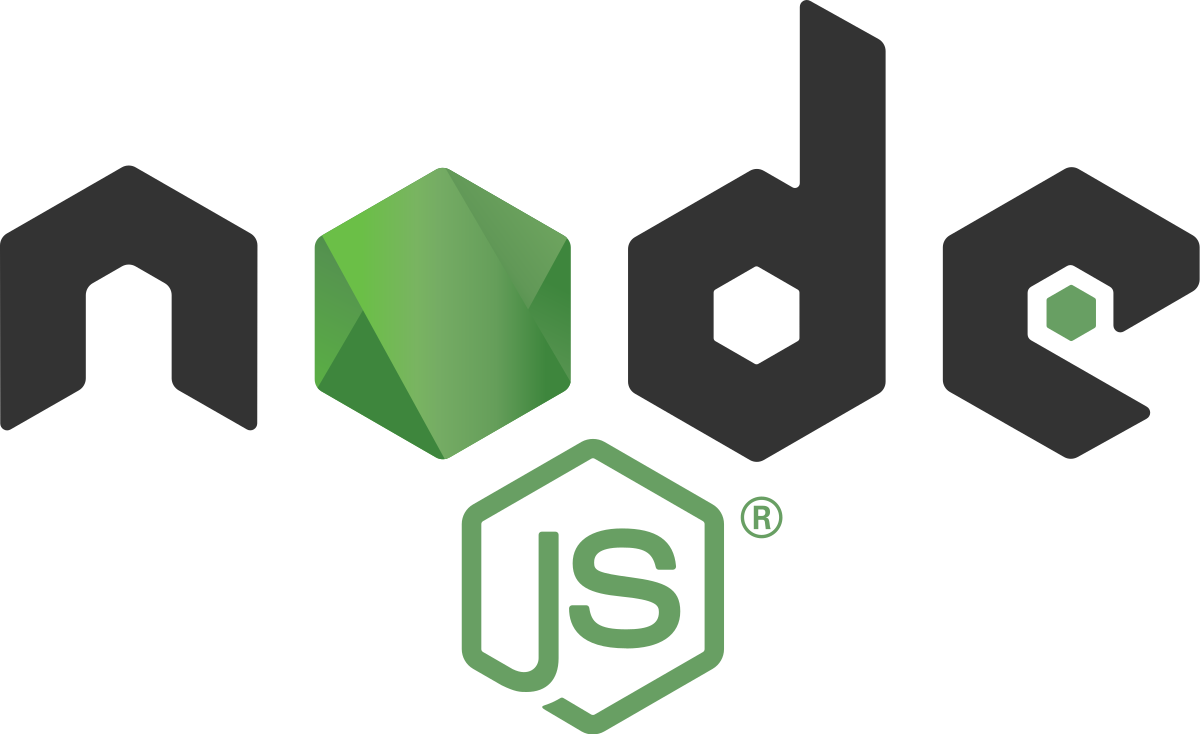The Back-End Blueprint – The Essential Tech You Should Be Looking for When Hiring Back-End Developers
15 Feb, 20244 MinutesIn today’s tech landscape, the demand for skilled Back-End Developers has arguably reached f...

In today’s tech landscape, the demand for skilled Back-End Developers has arguably reached fever pitch. For hiring organisations looking to boost their teams, the process of selecting the right candidates align best with your project requirements can often feel like a maze of programming languages, frameworks, and tools.
But don’t worry, we’ve got you covered - in this blog post, we’ll list the top-line tech skills all back-end developers should have as a minimum.

**Next.js: The React Framework for Server-Side Rendering**
Emerging as a building block on top of React js that helps create web applications and static websites, Next.js has become a staple tech in the javascript community that has changed the way devs build applications. This framework seamlessly integrates server-side rendering (SSR) with React, enabling developers to create dynamic and interactive web applications with ease. SSR allows web pages to be pre-rendered on the server, resulting in faster page load times and improved search engine optimization (SEO).
Additionally, Next.js offers a plethora of features that streamline the development process, including automatic code splitting, built-in routing, and support for static site generation.
It's a compelling tool for a Back-End Developer to have in their arsenal that serves well for relatively simple APIs – for more complex tasks though, it’s commonly thought that more dedicated APIs will probably serve better.

**Express.js: The Minimalist Framework for Node.js**
Express.js is a lightweight, free and flexible Node.js framework that empowers developers to craft robust web applications with minimal effort. Known universally as the most popular backend framework for Node, Its minimalist approach and straightforward syntax make it an ideal choice for building RESTful APIs, web services, and real-time applications. Express.js provides a comprehensive set of features, including routing, middleware, and template engines, enabling developers to create sophisticated applications with ease.
Built with performance in mind and with plenty of community support out there in the market due to its popularity, a number of well-known apps used today have been built using the tech including the likes of Linkedin, Uber & Netflix.
If you’re building an IT engineering team, you can’t go wrong with having a back-end developer familiar with Express by your side.

**Node.js: The JavaScript Runtime for Building Scalable Applications**
Node.js has emerged as a dominant force in the backend development realm, owing to its event-driven, non-blocking I/O model. This unique architecture makes Node.js well-suited for building scalable and high-performance applications that can handle a large number of concurrent connections. Node.js boasts a vibrant ecosystem of open-source modules, empowering developers to leverage pre-built solutions and accelerate the development process.
** Nest.JS: The Robust TypeScript Framework**
NestJS is a robust framework gaining immense popularity among developers. This framework seamlessly blends elements of Object-Oriented Programming, Functional Programming, and Functional Reactive Programming. Built on TypeScript, NestJS provides a solid foundation for crafting highly reliable, scalable, and testable web applications.
One of the key advantages of NestJS is its strong architecture. Inspired by AngularJS, NestJS features modules, services, and controllers, making it a breeze to manage complex projects. Additionally, its dependency injection capability significantly simplifies the development of large-scale applications.
Another notable benefit of NestJS is its TypeScript base. TypeScript offers strong typing and Object-Oriented Programming, resulting in high-quality code and enhanced developer productivity. NestJS also boasts an extensive ecosystem, seamlessly integrating with various libraries and tools, including GraphQL, WebSockets, and microservices.

However, NestJS also isn't perfect. Developers unfamiliar with Angular and TypeScript may face a steep learning curve, as NestJS essentially mirrors Angular on the server side. Furthermore, using NestJS for smaller projects or MVCs as proof of concepts may introduce unnecessary overhead.
Despite this, NestJS is a popular choice for enterprise-level applications. Its structured approach to software development aligns well with corporate preferences and is a good tech for an IT team to have someone specialise in.
**The Perfect Pairings: Next.js, Express.js, Nest.js and Node.js**
The combination of Next.js, Express.js, Nest.js and Node.js offers a great building block for backend developers seeking to build robust, scalable, and user-friendly web applications. Next.js provides a seamless integration with React, enabling the creation of dynamic and interactive user interfaces. Express.js offers a lightweight and flexible framework for building RESTful APIs and web services. Node.js serves as the underlying platform, providing the scalability and performance required for demanding applications.
Whether you're a hiring organisation looking to bolster your IT engineering team or a back-end developer aiming to enhance your skill set, we believe the mentioned tech serves as a great basis to kick off your search. For even more help, feel free to check out our resources page for useful tidbits in and around the tech sector
*Image by Innova Labs from Pixabay*




